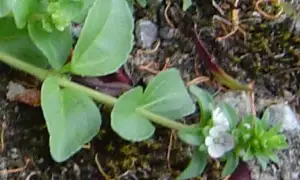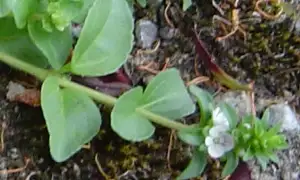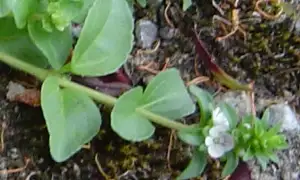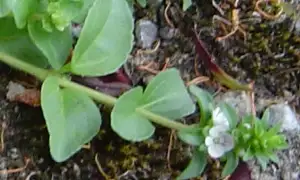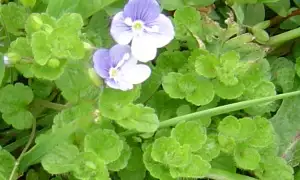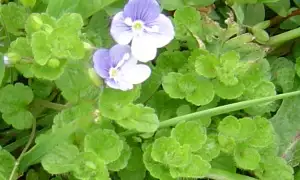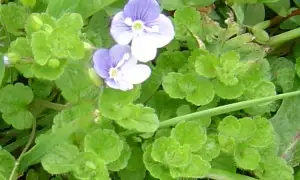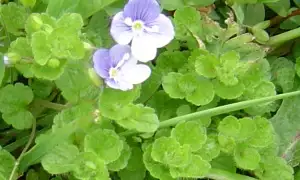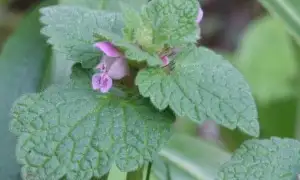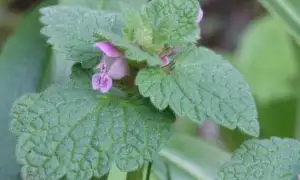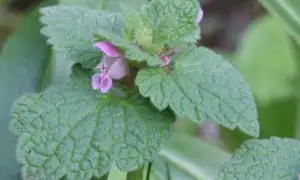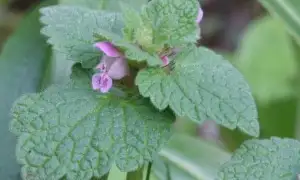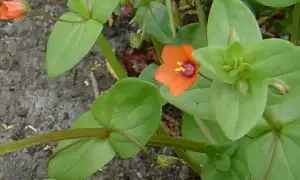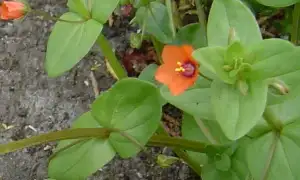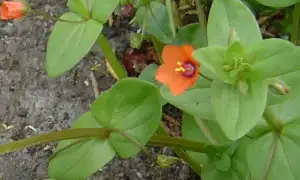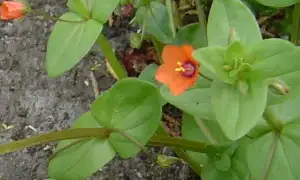Botanical name: Veronica arvensis
Family name: Plantaginaceae
Overview
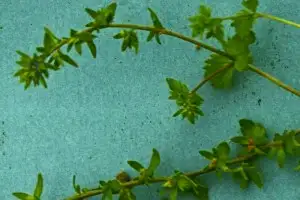
Field speedwell.
Field speedwell is a small annual species, normally growing as a winter annual, germinating in autumn and flowering in spring. It looks very similar to scrambling speedwell and can be found in similar habitats, for example, in gardens and arable crops.
However, the field speedwell is better suited than the scrambling speedwell for growing in turf, where it is better able to grow beneath the mower blades than scrambling speedwell. Although it doesn’t produce creeping stems like the closely related turf speedwell or creeping speedwell, it can still form low-growing mats within turf and is difficult to remove with selective herbicides.
As with all of these speedwells, they were until recently in the Scrophulariaceae family but have now been reclassified as being in the Plantaginaceae family.
Distinguishing features
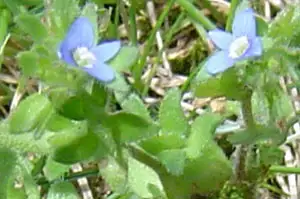
Field speedwell in flower.
Field speedwell looks much the same as scrambling speedwell when vegetative, only smaller. Size is not a good characteristic to use in situations such as flower gardens where it may become quite large. They have similar leaf shapes and are both hairy.
Once they are flowering, the stalks on which flowers and fruits are found within the scrambling speedwell, which are absent in field speedwell, can differentiate them. So the small blue flowers and the resulting heart-shaped fruits simply grow at the base of leaves in Field speedwell.
Turf speedwell has no hairs on its leaves, and the flowers are mainly white. Creeping speedwell has different shaped leaves, roots along its stems and long stalks under each flower in spring.
Control
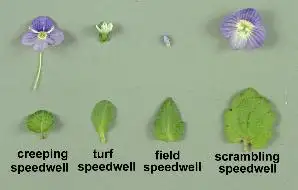
Speedwell weeds leaf and flower comparison.
All speedwells are difficult to kill selectively in turf due to their resistance to MCPA, 2,4-D, clopyralid (Versatill) and also Victory Gold (picloram + triclopyr). It is best controlled with ioxynil as a seedling, or with Image (ioxynil + bromoxynil + mecoprop) which will kill older plants.
Being an annual, it will die off naturally in spring anyway, and keeping turf dense in autumn will stop it from re-establishing again. It is also susceptible to diflufenican, which is present in the turf herbicides sold as Bow & Arrow NZ.
Similar species
Turf speedwell
Turf speedwell is a small perennial weed that grows along the ground and produces white flowers.
